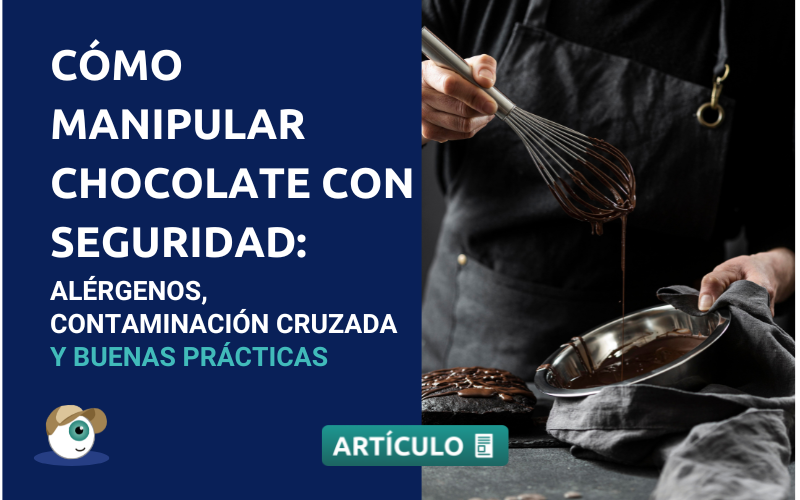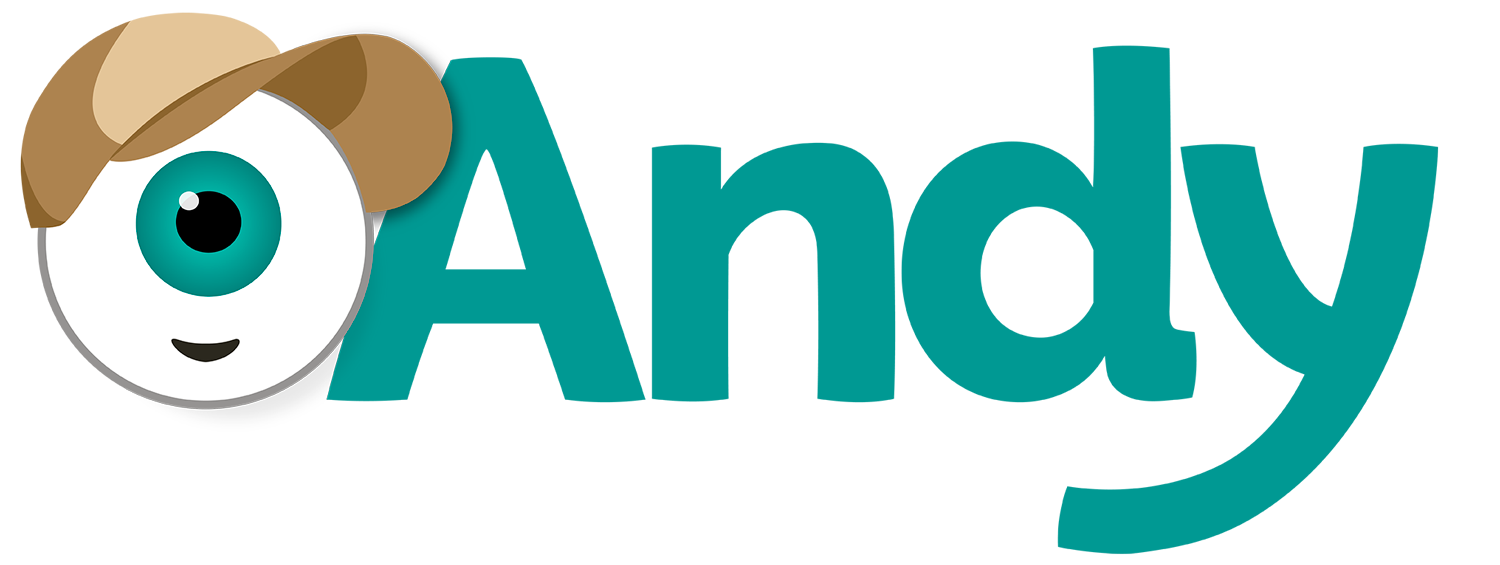How to Handle Chocolate Safely: Allergens, Cross-Contamination and Best Practices

July 7th marks International Cocoa Day, a date that celebrates the cultural, economic and culinary importance of this ancient ingredient. But in professional kitchens, cocoa represents more than just indulgence — it also means food safety responsibility.
Chocolate and its derivatives are frequently involved in food safety alerts due to undeclared allergens, labelling errors, or cross-contamination. These risks can seriously endanger consumer health and damage a brand’s reputation.
At Andy, we believe this celebration is the perfect moment to talk about what really matters: how to handle chocolate safely, without compromising customer trust.
Chocolate: delicious, but not risk-free
Chocolate might seem like a “safe” ingredient, but in reality, it’s one of the most allergy-prone products in professional kitchens. Why?
- It often contains major allergens
Chocolate is rarely served alone — it’s usually paired with or contains:
- Milk: (milk chocolate, fillings, coatings)
- Soy (commonly used as lecithin emulsifier)
- Nuts (especially in bonbons, spreads, pastries)
- Gluten (in chocolate-coated biscuits or desserts)
- Eggs (in mousses, ganaches, glazes)
- Cross-contamination is very common
In busy professional kitchens, contamination can happen easily due to:
- Shared tools like spatulas or mixers
- Simultaneous preparation of allergen-free and allergen-containing products
- Incomplete cleaning routines or improper storage
According to the Spanish Food Safety Agency (AESAN), over 30% of allergen-related alerts involve pastries or chocolate products with incorrect or missing labelling.
How to handle chocolate safely: Best practices
Ensuring the safety of chocolate-based products requires strict hygiene standards and solid HACCP implementation. We recommend:
- Designing separate workflows for allergen and allergen-free items
- Clearly labelling all ingredients, with dates, allergens, and batch info
- Thorough cleaning and sanitising of surfaces and tools
- Using separate utensils or properly disinfecting between uses
- Training all staff on allergen risks and HACCP procedures
Accurate labelling: the last (and most critical) defense
Labelling is more than a legal requirement — it’s a matter of consumer protection. According to EU Regulation 1169/2011, all allergens must be clearly declared, even for in-house or bulk-served products.
Common mistakes:
- Not declaring secondary or processed ingredients (like glazes or fillings)
- Reusing labels without updating ingredients or expiration dates
- Not including “may contain” allergen warnings for trace risks
Often, these mistakes aren’t intentional — they’re due to lack of traceability and operational control in fast-paced environments.
How does Andy help in handling chocolate safely?
Andy is a digital food safety and operations digital assistant that simplifies allergen management and traceability in real time. With Andy, you can:
- Automatically generate labels with accurate allergen, expiry, and batch information
- Digitally track every ingredient, its source, and how it’s used in each recipe
- Access a protocol library from any device, for easy HACCP implementation
- Set up smart checklists to verify hygiene in high-risk zones
- Record incidents and run internal audits with visual and exportable data
All data is centralised, structured and accessible — making food safety easier and more reliable.

Traceability: not just a compliance box, but a business asset
Digital traceability isn’t only about satisfying auditors — it helps your team act quickly and confidently when something goes wrong. For example, if an allergen is found in a product where it shouldn’t be, you can:
- Identify the exact batch and supplier
- Remove only affected items
- Notify clients and authorities fast
- Demonstrate protocol compliance with full documentation
Andy connects the dots between every step of your process, from ingredient intake to final label, reducing manual work and human error.
📅 High-risk periods need high-performance systems
International days like Cocoa Day often bring a boost in chocolate production: limited-edition recipes, vegan options, seasonal desserts…
This also means more ingredients, more temporary staff, and more room for mistakes. Which is why:
Digitalising controls is not a luxury — it’s an operational necessity.
If you want your cocoa creations to be as safe as they are delicious, you need control, evidence, and consistency.
That’s where Andy comes in: to help you build a modern kitchen that protects your guests and your brand with every batch.
Want to see how Andy helps teams ensure food safety, manage allergens, and simplify daily operations?
👉 Start 100% FREE today and ensure safety and compliance without risks


